Tongue Tie Grading System
Tongue tie grading system. Laryngopharyngeal findings swallowing dysfunc. Tongue Tie classification There are many different tongue tie classifications. Other systems such as the Hazelbacker Assessment Tool for Lingual Frenulum Function or Bristol Tongue Assessment Tool attempt to include functionality and ankyloglossia scoring.
Tip stays at lower alveolar ridge or rises to. Classically class 1 and 2 are thought of as anterior whereas class 3 and 4 are posterior. Most practitioners use a classification where the tongue tie is given a grade of 1 2 3 or 4.
Class I ties may also. Does your child suffer from tongue-tie symptoms. 100 of the tongue is attached to the lingual frenulum and is tethered to the floor of the mouth anteriorly Type 2 75 of the tongue is tethered with restricted elevation and extension of the tongue Type 3 50 of the tongue is tethered.
Neither of the above or anterior or mid-tongue humps. They are classed class 1 2 3 4 and submucosal. Classes 1-2 are often referred to anterior tongue tie whereas classes 3-4 are often called posterior tongue tie Class 1.
Leave your questions in the comment section below. Made available by US. Restriction of tongue mobility from the frenulum varies greatly among newborns and infants hereinafter referred to as infants.
Doctors often use this classification system when referring to tongue ties. Tongue appears normal but mobility is limited. Tip over lower lip Spread of anterior tongue.
The simplest way to describe the tongue ties is either normal anterior or posterior. When the attachment is located distal or behind the duct the area just behind the duct would be a Class II tie and the area closest to the base of the tongue is a Class I tie.
Background-Histologic grading has been used as a prognostic factor and for clinical behavior evaluation of oral squamous cell carcinoma SCC for the past several decades.
Laryngopharyngeal findings swallowing dysfunc. A uniform definition and objective grading system for tongue-tie are lacking. Unbeknownst to many people the long term consequences of ignoring this problem can be enormous. This episode explains what a tongue-tie is. Doctors often use this classification system when referring to tongue ties. Methods-A retrospective study of 48 cases of tongue SCC was undertaken to compare different grading systems and their. Class I ties may also. 2224-28 The panels consensus regarding ankyloglossia as a condition of limited tongue mobility caused by a restrictive lingual frenulum emphasizes the importance of demonstrating tongue mobility restriction. 100 of the tongue is attached to the lingual frenulum and is tethered to the floor of the mouth anteriorly Type 2 75 of the tongue is tethered with restricted elevation and extension of the tongue Type 3 50 of the tongue is tethered.
In trying to understand how best to treat children with tongue tie practitioners have developed a classification system to describe tongue tie. Anterior tongue ties are referred to as type I and type II. At the same time the prognostic value of different grading classifications remains controversial. Background-Histologic grading has been used as a prognostic factor and for clinical behavior evaluation of oral squamous cell carcinoma SCC for the past several decades. Tip stays at lower alveolar ridge or rises to. This episode explains what a tongue-tie is. Bristol Tongue Assessment Tool BTAT Elements 0 1 2 Tongue tip appearance Heart shaped Slight cleft notched Rounded Attachment of frenulum to lower gum ridge Attached at top of gum ridge Attached to inner aspect of gum Attached to floor of mouth Lift of tongue with mouth wide crying Minimal tongue lift Edges only to mid-mouth.












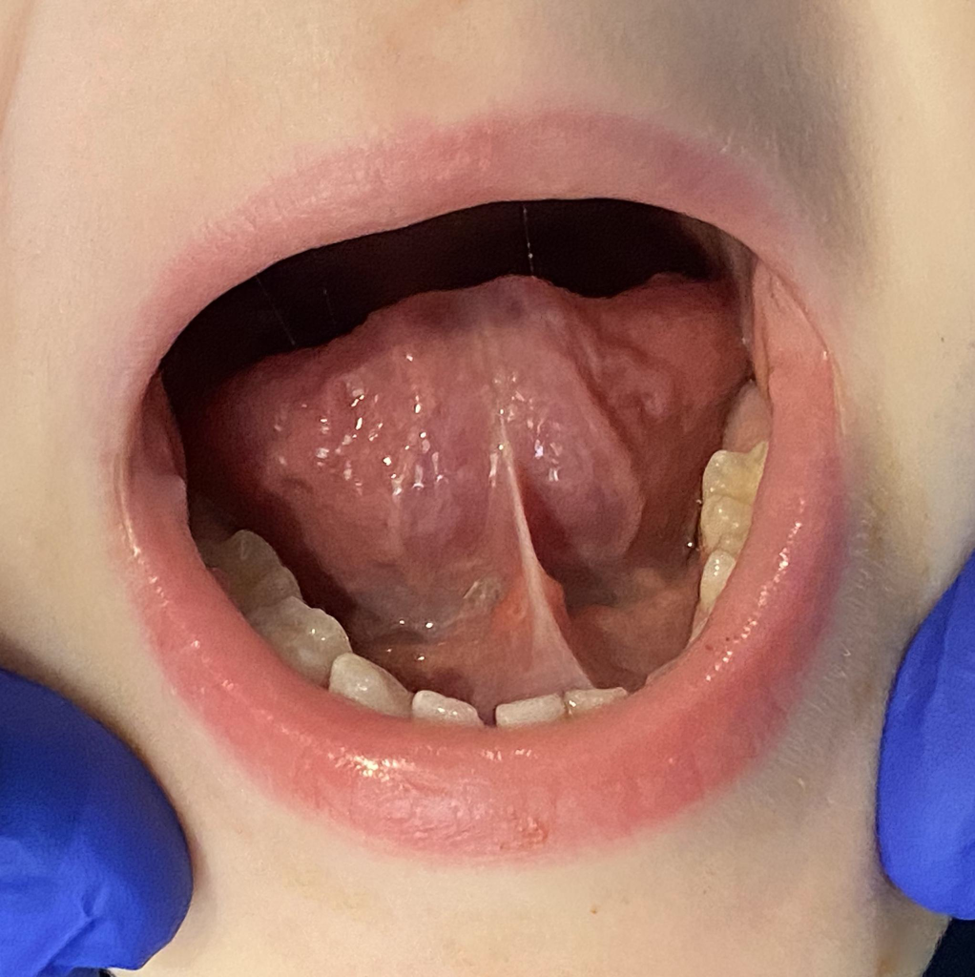


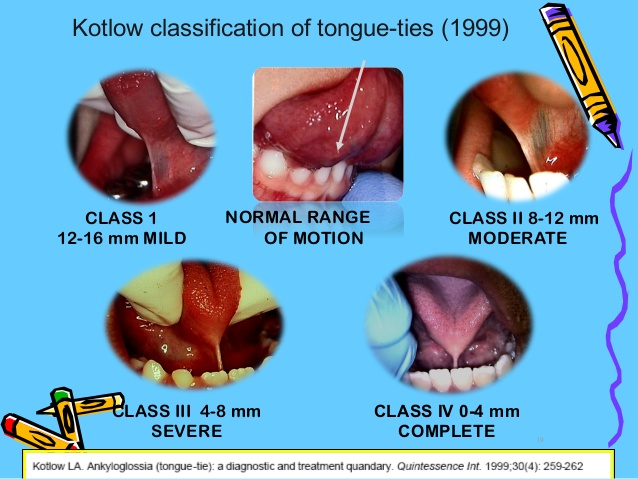





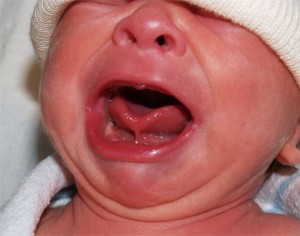














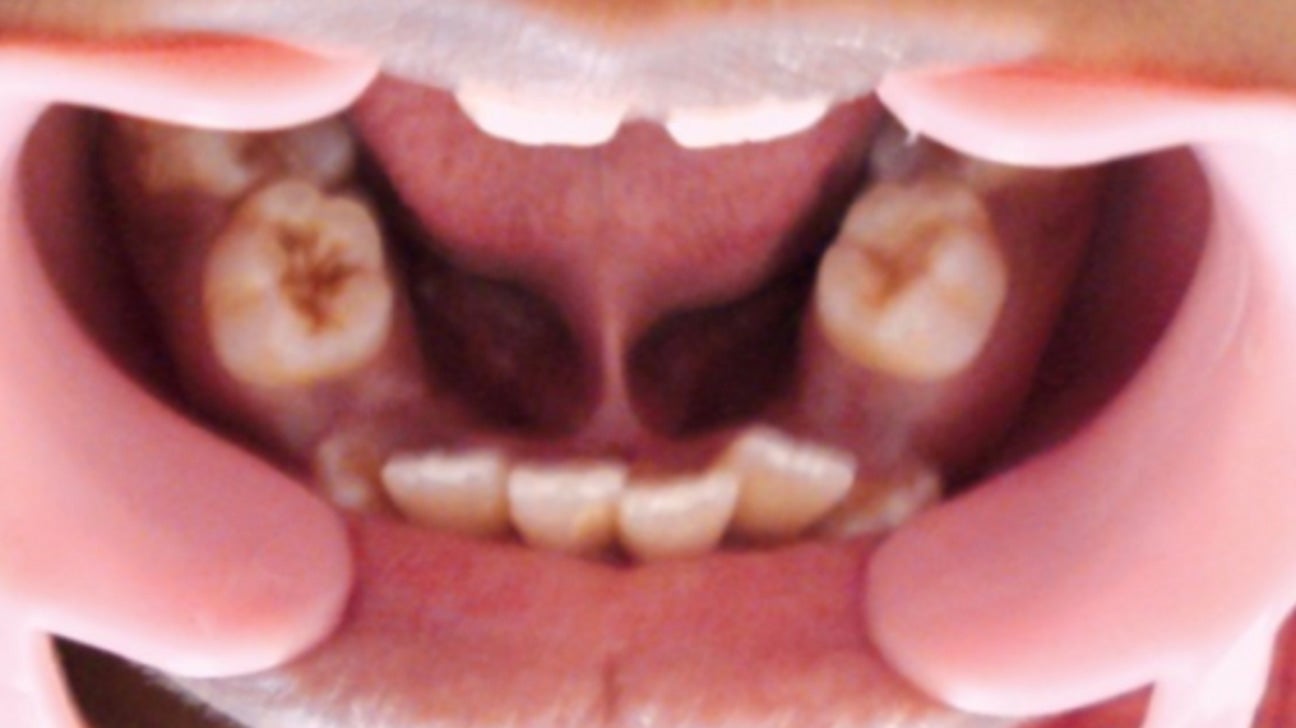

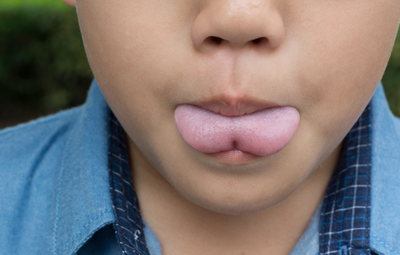



Posting Komentar untuk "Tongue Tie Grading System"